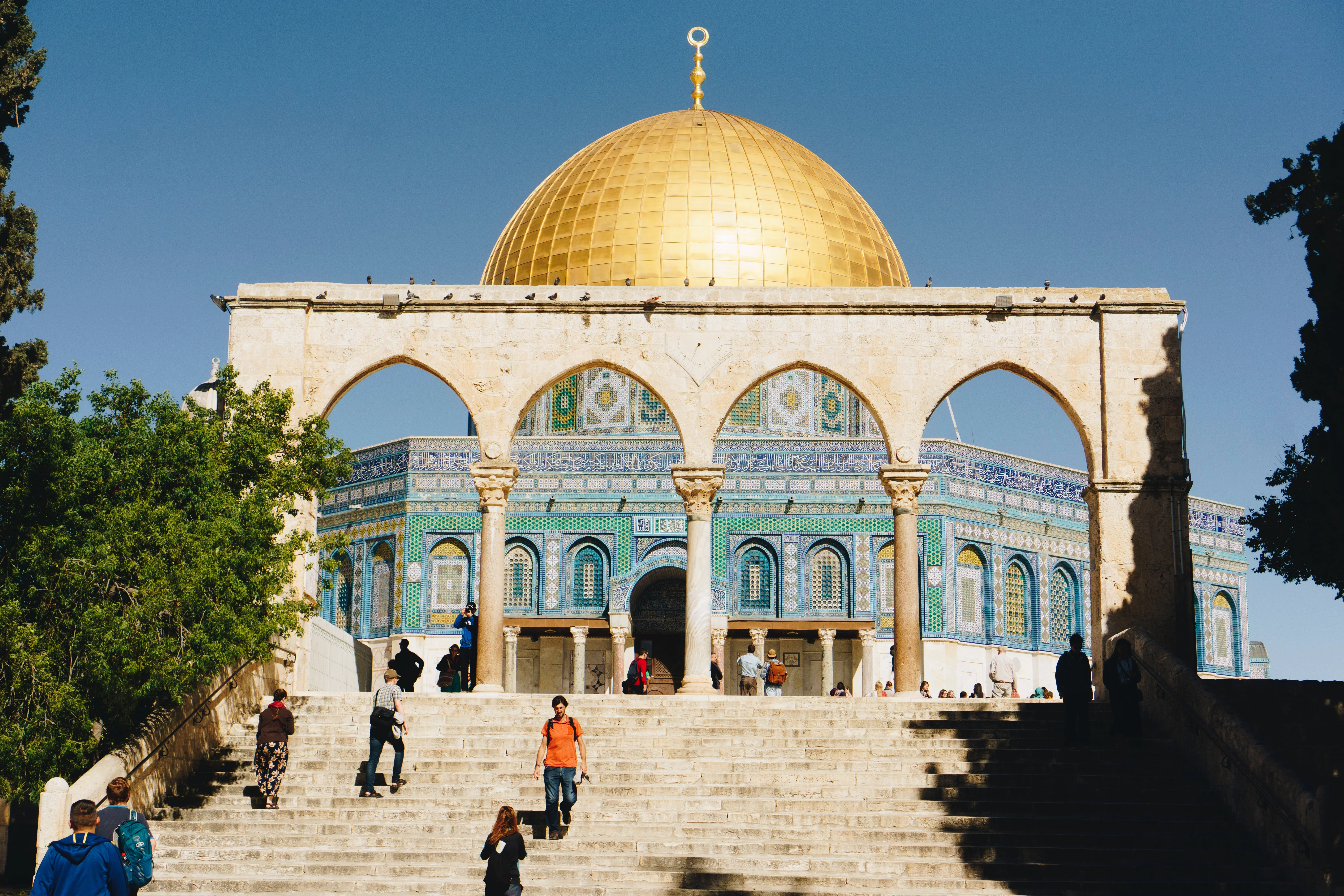Sample by My Essay Writer

The Islamic culture encompasses the shared values among people who profess the Islamic faith. It cuts across all six inhabitable continents. This research paper explores the people who fall under this culture, their language, whether the culture is collective or individualistic or both and high power and low power distance within the culture. It also establishes whether the culture is polychromic or monochromic, feminine or masculine, low uncertainty or high uncertainty avoidance and the non-verbal cue that characterize the Islamic culture.
![]()
The early Islam communities in Medina and Mecca spoke Arabic, which explains why the Koran, the holy book of Islam, and other early Muslim writings are in written in Arabic. Equally important, all Islam are required to recite the Koran in Arabic (Williams, 2008). On the contrary, most Muslims in the world do not speak Arabic. To put it differently, it is believed that only 20% of the world’s Muslims speak Arabic and the others speak their native language depending on their global geopolitical position.
Despite the fact that the Islamic culture stresses on the importance of free will at the individual level, collectivism is explicitly exhibited within Islam communities. In other words, Muslim lives according to the Koran teachings which emphasize on taking care of others and maintaining unity for combined wellbeing. In addition, Islam is a high power distance culture where they respect and obey their superiors without question. Furthermore, the culture is a polychromic where people like to do multiple things at the same time. Notably, the idea of masculinity has prevailed in the Islam culture. In this line, men are considered to be human paradigm and women subordinated .To clarify, a woman is expected to show respect and obey men in the Islam culture (Williams, 2008)[Need an essay writing service? Find help here.]
Without doubt, Islam is a high uncertainty avoidance culture, which means they do not accept new ideas and newness into their cultural activities. Precisely, they strictly follow their mode of living and adhere to guidelines of Koran without deviating. In particular, maintaining social distance is very crucial when talking to Muslim woman (Williams, 2008). Notably, if she happens to take a step backward, it indicates she is not comfortable with the conversation. A person visiting an Islam based region should know it is considered impolite to pass something to a person using the left hard.

Islam culture has a dressing code for men as well as women. Of course, this not only serves the purpose of protecting their culture, but also promotes decent dressing and manners. Equally important, it helps to form a barrier between men and women and promotes respect, dignity and modesty. In particular, Islamic women are supposed to wear a hijab, which is a covering dress that must hide their body apart from the hands and face (Aziz, 2010). Most importantly, it must not be tight or translucent to create body images that are vivid. In other words, it must not provoke opposite gender’s attention. Equally important, the women garment should not be worn for popularity purposes or vanity and it should not have a close resemblance to clothing that are specifically worn by non-Muslims.[“Write my essay for me?” Get help here.]
On the contrary, men clothing should conceal the body part from the naval to the knees. Furthermore, other than prohibition of men to wear clothes that are similar to women garments, their clothing must not be see-through as well as tight. Moreover, they should not wear clothing that is specifically worn by non-Muslim. Most importantly, an Islamic man is not allowed to wear golden jewellery and silk garments (Aziz, 2010).[Click Essay Writer to order your essay]
There are certain important rituals that form the basis of how Muslim worships their God, Allah. Firstly, Koran forms a very important aspect of Muslims worship and is recited every time when conducting prayers. Indeed, this holy book not only provides Allah’s revelation to Muslims but also gives guidance throughout all aspects of life. Secondly, Muslims prays five times in a day which helps them to mentally and physically take a break from their daily work to unite with Allah. In addition, Muslims observe Ramadhan, which requires them to refrain from drinking, sex and eating (Volf, 2012). Of course, this helps them to engage in charity work and control ill habits like anger and gossip. Equally important, Mecca pilgrimage, the Hajj must be done by every financially and physically able Muslim, which helps to unite Muslims from every nationality and race in worshipping God. Muslims have two holy days which are the two Eid festivals. Precisely, Eid-al-Adha is celebrated throughout Hajj days while Eid-ul-Fitr is celebrated upon Ramadhan completion.
References
Aziz, R. (2010). Hijab–the Islamic dress code: Its historical development, evidence from sacred sources and views of selected Muslim scholars. Cape Town, South Africa
Volf, M. (2012). Do we worship the same God: Jews, Christians, and Muslims in dialogue. Grand Rapids, Mich: William B. Eerdmans Pub. Co
Williams, J. (2008). Islam: Understanding the history, beliefs, and culture. Berkeley Heights, NJ: Enslow Publishers






